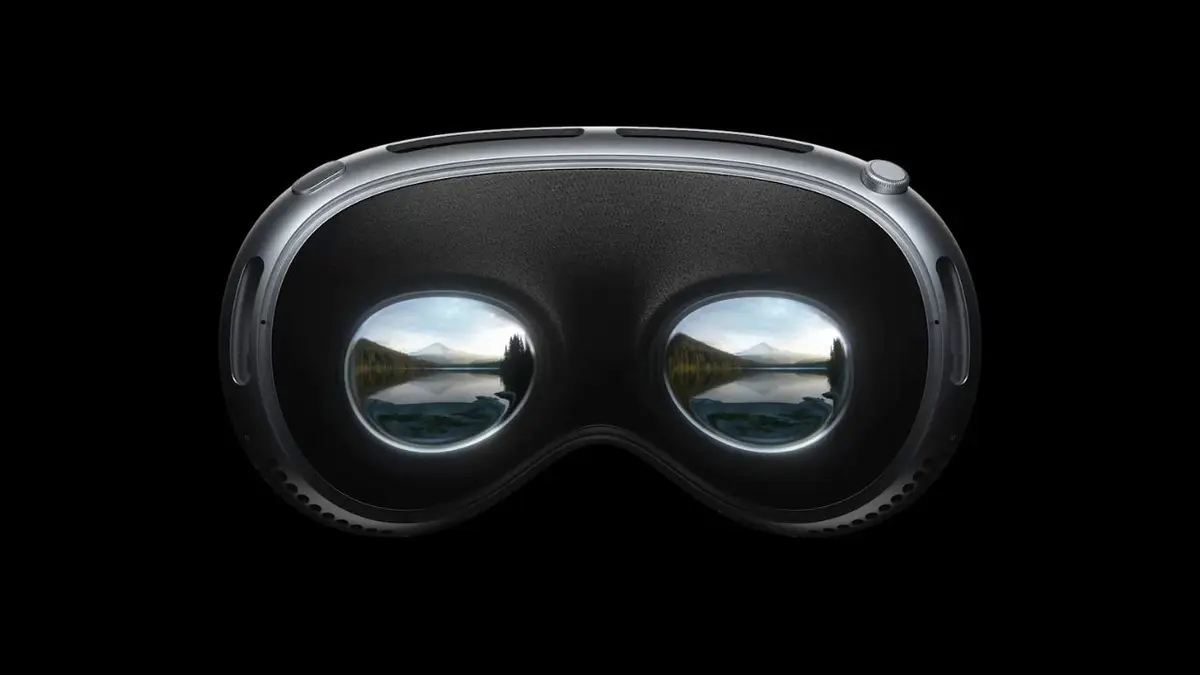Apple’s Vision Pro, a highly anticipated piece of technology hailed as the future of spatial computing, has seen a wave of returns from early adopters. Despite its innovative design and the high hopes pinned on it, users have found several issues that have led to dissatisfaction, culminating in a reconsideration of their purchase.
Key Highlights:
- Users have cited physical discomfort, a lack of essential features, and high costs as primary reasons for returning the Vision Pro.
- Despite some users finding the device free from causing dizziness, headaches, or eye fatigue, the absence of a “killer app” and its hefty price tag have led to returns.
- Complaints also include the device’s weight and a general consensus that it does not offer enough utility to justify its price.
- Some early adopters feel the technology has potential but believe it is currently more of an expensive toy than a necessary tool.
The Vision Pro Experience
Apple’s Vision Pro has been met with mixed reactions from its user base. While some marvel at its capabilities and the promise it holds for the future of spatial computing, the reality of its current state has led to a considerable number of returns. Users like Ortolani and tech blogger Farzad Mesbahi acknowledged the device’s groundbreaking potential but ultimately found the physical trade-offs and lack of compelling content not worth the high price.
Discomfort and Productivity Concerns
Physical discomfort and productivity issues are among the top reasons cited for returning the Vision Pro. For a device touted as the next big leap in technology, its inability to integrate seamlessly into daily routines or provide immediate, tangible benefits has been disappointing for some. Users have expressed that the weight of the device and the absence of must-have features significantly impact its utility and overall appeal.
The Price Factor
At a starting price of $3,499, the Vision Pro is not a casual purchase. This hefty investment has been a major deterrent for potential users, especially when weighed against the device’s current offerings and limitations. The consensus among some of the early adopters is that while the Vision Pro is a technological marvel, it does not yet offer enough to warrant its high cost.
Potential vs. Present Reality
Despite the initial excitement surrounding the Vision Pro, the reality of its limitations has become apparent. While there is confidence in its future potential, comparisons to the early days of the Apple Watch and iPad suggest that it may take time for the Vision Pro to find its footing and justify its value to a broader audience. The current sentiment among users points towards a device that is fascinating in theory but falls short in practice.
The Vision Pro stands at the crossroads of innovation and practicality, embodying the challenges of pioneering new technology territories. Its returns underscore a critical dialogue between consumer expectations and the tangible value of cutting-edge tech. As it stands, the Vision Pro is a testament to Apple’s ambition, yet it also serves as a reminder that the path to integrating new technologies into our lives is fraught with hurdles. The device’s journey reflects a broader tech industry trend: the balance between pushing the envelope and delivering products that resonate with and enrich the daily experiences of users. While the future may hold great promise for devices like the Vision Pro, the present reality suggests a need for patience, refinement, and perhaps a reevaluation of what consumers truly seek from the next generation of technology.








